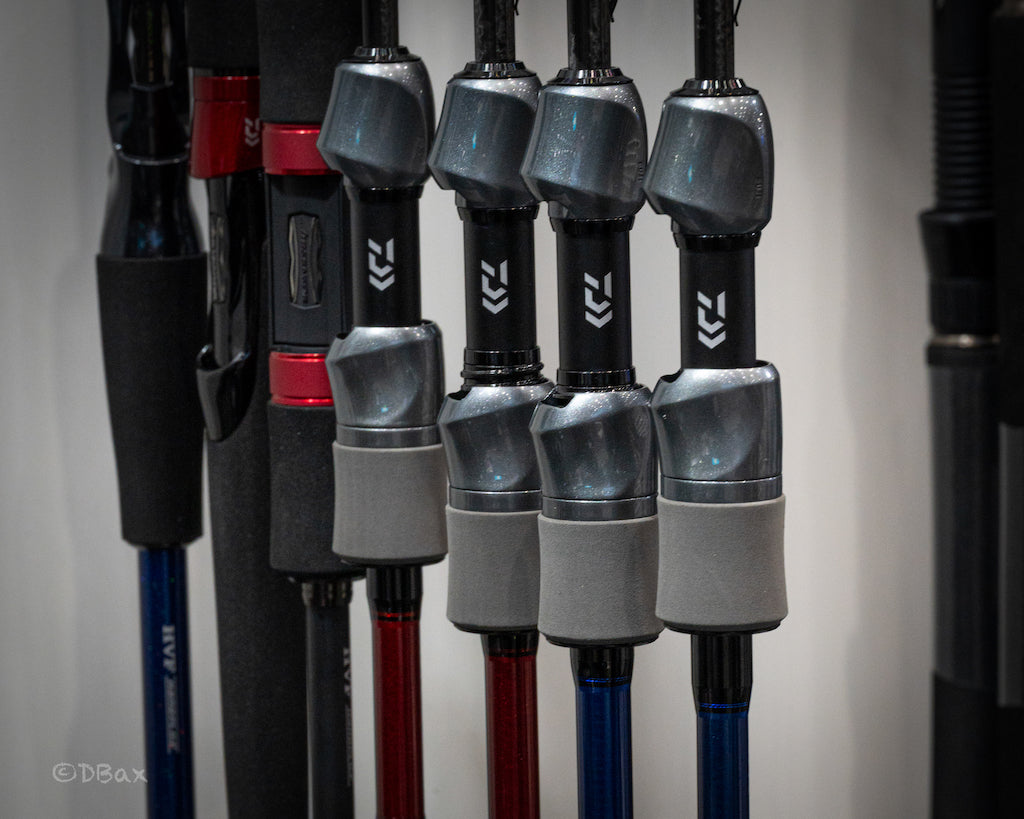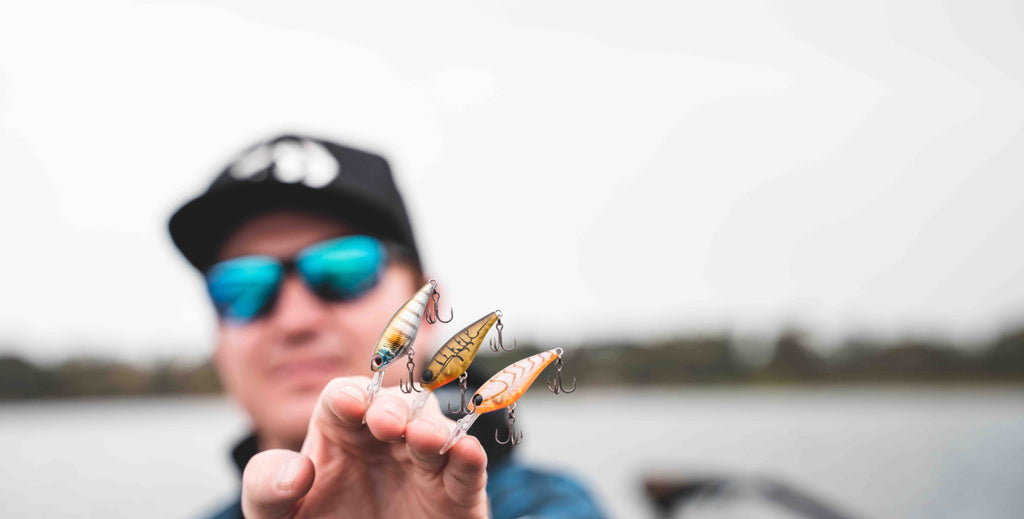Rock Baits Roundup- Jamie Robley
By Jamie Robley.
Lure casting is undeniably popular these days and certainly very effective for catching a plethora of salt and freshwater species. When it comes to rock fishing lures will also work well for many different fish and in some cases you’ll actually do a lot better when throwing lures rather than bait.
For the majority of fish that swim around our local rock ledges, headlands and outcrops though, using good old fashioned bait is a more practical and reliable approach. This is particularly so for the ‘bread and butter’ species like bream, luderick, drummer, groper and trevally. These common species are foragers more so than predators. So they seek out small food items that are washed in from the ledges by wave action or they may pick their food directly from the rocks around the intertidal zone, rather than chase baitfish like pelagic predators.

AT YOUR FEET
The natural diet of these foraging fish includes things like crabs, cunjevoi (cunje), marine worms, chitons, green cabbage or sea lettuce and other forms of algae like brown coloured weed. So it makes perfect sense to use these same organisms for bait. The key is to know which ones are going to work best for which fish.
Bream are extremely adaptable and opportunistic, so there’s not much they won’t eat. Crab and cunje baits are relished by bream, but they’ll even take a green cabbage bait at times. Black drummer are another that eats a wide variety of food, although they’re a bit more selective than bream and favour cunje or green cabbage more than crabs or some other items.

Luderick and silver trevally are also bit more particular than bream. While it’s not a surprise to catch either of these fish on just about any type of bait at times, luderick really do prefer green cabbage or brown weed (sometimes called black weed). Trevally like their food a bit on the soft side and will rarely refuse a cunje or worm bait, but they also chase small baitfish like more predatory species from time to time.
Brown or blue groper are also selective and definitely favour hard shelled creatures like crabs and sea urchins. Without question, the most irresistible groper bait is the red rock crab, which aren’t always easy to find.
When gathering any of these naturally occurring forms of bait around the rocks, it’s very important to go easy and only take what you can immediately use. A number of anglers constantly removing crabs, cunje or shellfish from a rock ledge will, over a short period of time strip the area and damage the ecosystem.

CATCH IT
A number of catchable baitfish species are well worth considering around the coastal rocks, with mullet, yellowtail (yakkas), garfish and slimy mackerel being the most common. Land based game anglers have for many years taken advantage of these fish to use as baits for enticing large predators like tuna, kingfish or marlin, but they also make very useful cut baits for bream, tailor, salmon and others.
Yellowtail are probably the most common variety along the east coast, but in some areas one species of baitfish or another may be more abundant or easier to catch. Most of them respond well to a tiny piece or bread, squid or peeled prawn pinned to a size 6 to 10 hook and then presented under a small float so it has just enough weight to be cast out from the rocks.
Bait jigs, with six or more hooks on them are another reasonable alternative, which are best used in conjunction with some berley to attract the fish in the first place. If it’s still proving difficult to catch your baitfish then try pinning a couple of pieces of bait to the hooks.
Pike and tailor also make first class bait when cut into strips or cubes. No bream will ever refuse a fresh meal of fish flesh, but larger or even whole pike or tailor make a very attractive bait for mulloway as well.

Of course, calamari squid can also be caught from most rock ledges. The better areas to try for them have plenty of kelp growth, rather than a clearer sandy bottom. Depth is largely irrelevant when targeting squid, but they’re always easier catch very early in the morning or later in the day, as they too are a low light predator.
Freshly caught or live calamari is a deadly kingfish bait and after sunset it’s right at the top of the list for mulloway. Bream, salmon and plenty of other species will also take fresh calamari bait, but don’t be surprised if a big drummer or groper latches onto it either!
COMMERCIAL BAITS
Plenty of different bait can be purchased at local fishing tackle outlets and other shops. While most of it will interest fish at one time or another, it’s generally not as good as what you can gather or catch yourself. However, a few types of commercially available baits are definitely worth using.
Nothing beats the good old blue pilchard, used whole on a set of ganged hooks if you want to catch tailor or salmon. Cut sections of pillie are also very good for bream, trevally and pan sized snapper. The key is to find good quality pilchards in the first place, so take a look at them in the packet or block before committing to the purchase. If they’re not up to scratch then buy elsewhere next time.
The humble prawn is an omnipresent bait that will always be worth trying at the rocks. Once again, bream won’t say know to a prawn bait, but they’re also good for drummer and trevally. Luderick will also take a prawn bait at times and a big cooked prawn may appeal to groper at times. Like pilchards though, obtaining good quality prawns at a reasonable price isn’t always easy.

My personal favourite though is white bread. This will catch just as many fish as prawns, but it’s much cheaper and widely available. Drummer, bream and luderick all love bread as much as each other, so catching a mixed bag is a normal result when using bread. The main problem though is that it can be a bit soft and fall off the hook. Some brands of bread are better than others, so like other commercially available baits, it may pay to shop around in order to find bread that stays on the hook for longer. It’s also important to firmly squeeze bread baits over the top or eye part of the hook, yet leave the lower part of the bait ‘unsqueezed’ around the hook point.
So is there a single magic rock fishing bait? The short answer is no. However, most of the baits I’ve listed here come pretty close, depending on exactly which type of fish you want to catch. The ones I use the most are bread, green cabbage and pilchards, but other experienced rock hoppers may have a different list of preferred baits.

 Contact Us
Contact Us Blog
Blog About
About





